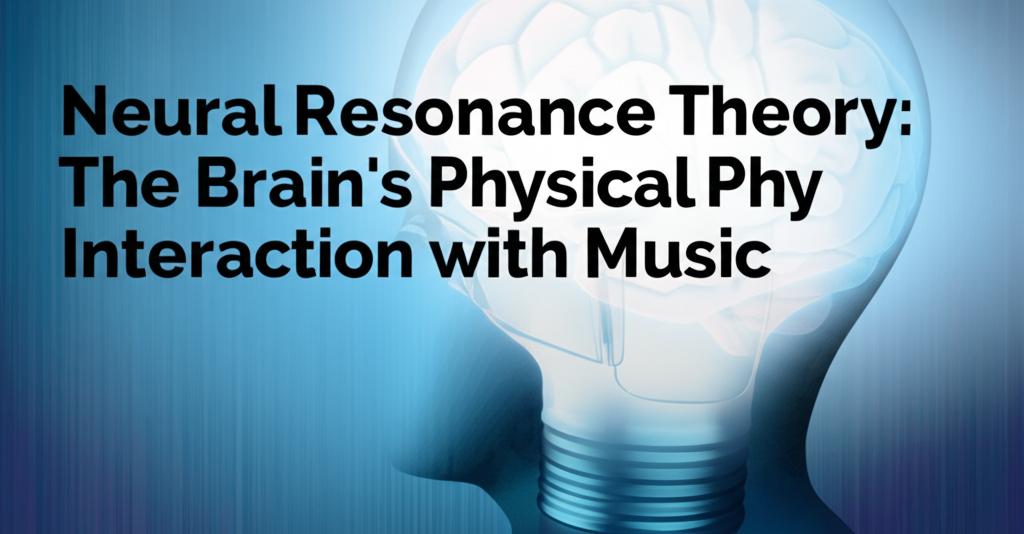Our brains and bodies don't merely interpret music; they physically resonate with it. This is the core idea behind Neural Resonance Theory (NRT), a genuinely groundbreaking perspective that is reshaping our understanding of music's profound impact on us. Recent international studies, drawing from neuroscience, music, and psychology, provide compelling support for this theory, suggesting that our experience of music arises from the natural oscillations within our brains and bodies syncing up with the rhythms, melodies, and harmonies we hear.
Beyond Prediction: The Power of SynchronizationFor a long time, the prevailing view was that our brains enjoy music by predicting upcoming patterns based on learned expectations. While this predictive element plays a role, NRT proposes a more fundamental interaction. It suggests that the brain's own rhythmic activities – our neural oscillations – literally synchronize with the musical structures. This isn't an abstract concept; it's a physical embodiment. Neurons can vibrate in response to sound, and brainwaves, as seen on an EEG, can be observed "dancing" to the beat. This synchronization is what shapes our sense of timing, the pleasure we derive from music, and that irresistible urge to move.
A Full-Body ExperienceThis resonance isn't confined to just the auditory processing centers of the brain. NRT posits that this physical interaction extends throughout our nervous system, from the ear all the way to the spinal cord and even influencing limb movements. This helps explain why music can feel like a full-body experience, making us want to tap our feet, nod our heads, or dance. The theory suggests that common musical elements like pulse and harmony reflect stable resonant patterns within the brain that are shared across individuals, regardless of their musical background. This could be a key to understanding music's universal appeal and its ability to connect people across cultures.
Implications and Future DirectionsThe implications of Neural Resonance Theory are vast and exciting:
- Therapeutic Applications: Understanding how music physically interacts with the brain opens new avenues for therapeutic interventions. For conditions like stroke, Parkinson's disease, and depression, targeted rhythmic and melodic stimuli could potentially stimulate specific neural circuits, aiding in recovery, improving motor coordination, and influencing emotional states. Clinical trials are already underway exploring how music and synchronized light patterns can enhance memory by inducing resonance in the brain.
- Education: NRT could inform new learning technologies designed to support rhythm and pitch education, leveraging the brain's natural tendency to synchronize with musical patterns.
- Artificial Intelligence: The principles of neural resonance could lead to the development of emotionally intelligent AI that can generate or respond to music in ways that are more aligned with human emotional experiences.
- Understanding Human Connection: NRT offers insights into why certain musical structures evoke similar responses across diverse populations, contributing to our understanding of music as a universal language that connects people globally.
Researchers are actively exploring how these neural oscillations synchronize with various musical elements and how this process influences our perception, emotional response, and even our physical actions. The theory also delves into how resonance and stability within neural circuits might link specific musical structures to distinct emotional states.
In essence, Neural Resonance Theory paints a picture where music is not just something we hear, but something our brains and bodies become. This shift in perspective underscores the profound and deeply physical connection humans have with music, unlocking new possibilities for harnessing its power for health, learning, and connection.

